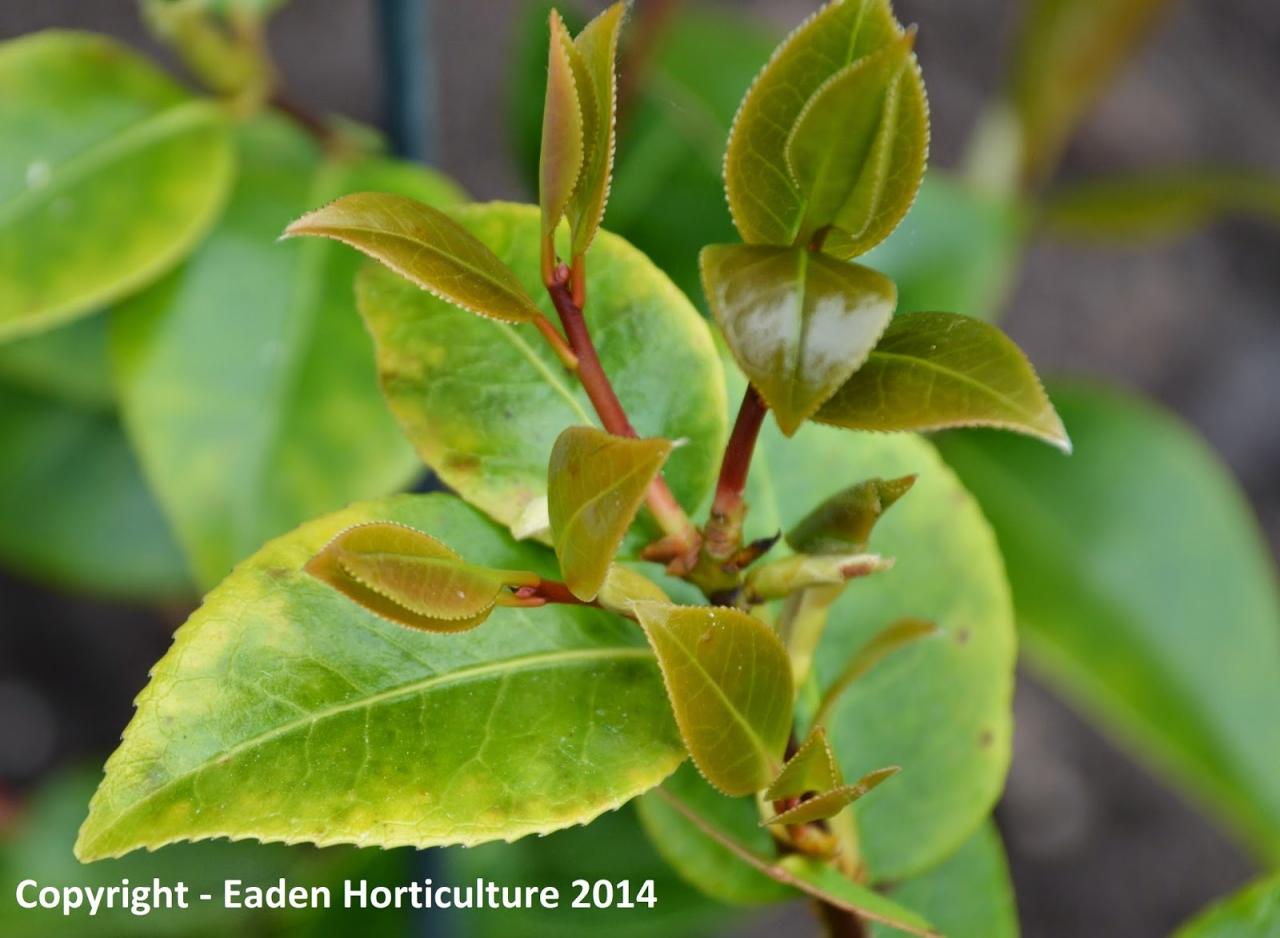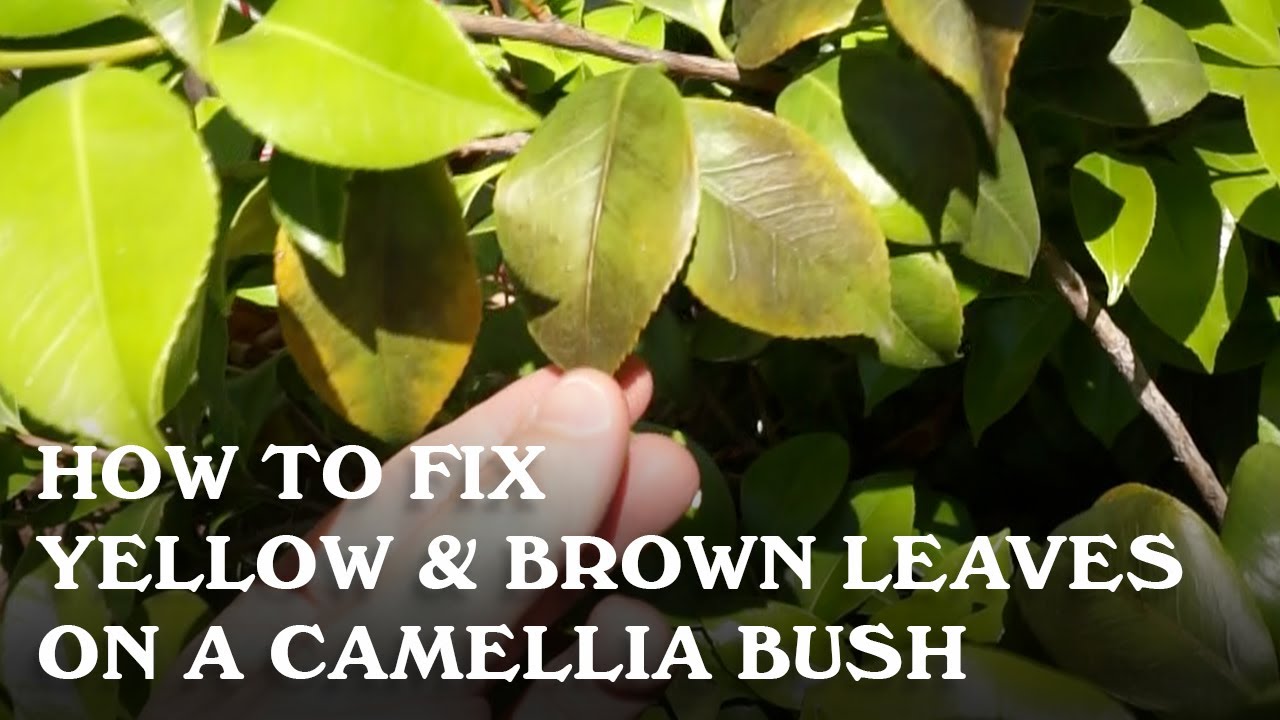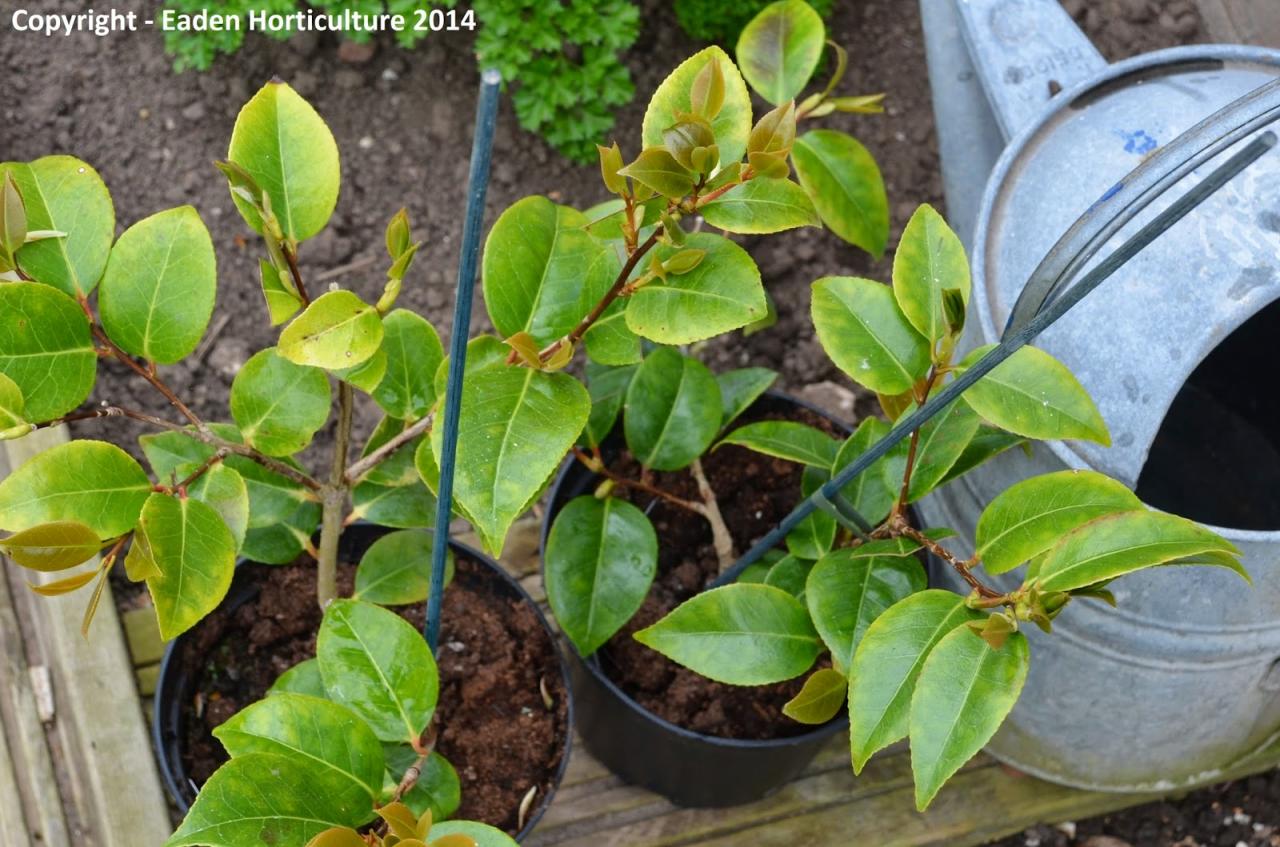Camellia Leaves Going Yellow – Seeing your camellia leaves turn yellow can be disheartening, especially when you’re caring for these beautiful plants. Yellowing leaves often indicate underlying issues that require attention. In this blog post, we’ll explore the reasons behind camellia leaves turning yellow, how to address these issues, and ways to promote healthy growth. Whether you’re a seasoned gardener or a beginner, understanding the health of your camellias is essential for a thriving garden. 🌱
Understanding Camellias
Camellias are evergreen shrubs belonging to the family Theaceae and are known for their stunning blooms and glossy green leaves. Native to Asia, they thrive in temperate climates, making them popular choices for ornamental gardening. Their stunning flowers bloom in various colors, including white, pink, and red. However, just like any plant, camellias can face challenges, including yellowing leaves.
Why Are My Camellia Leaves Yellowing?
Yellowing leaves in camellias can result from several factors, from environmental stress to nutritional deficiencies. Here’s a detailed breakdown:
1. Watering Issues, Camellia Leaves Going Yellow
Improper watering practices can lead to yellow leaves. Both overwatering and underwatering can cause stress to camellia plants.
| Watering Issue | Signs | Solutions |
|---|---|---|
| Overwatering | Yellowing leaves, wilting, root rot | Allow soil to dry out, improve drainage |
| Underwatering | Yellow leaves, dry soil, wilting | Water deeply, maintain consistent moisture |
2. Nutritional Deficiencies
Camellias require a balanced diet of nutrients to thrive. A lack of essential nutrients, such as nitrogen, iron, or magnesium, can result in yellow leaves.
– Nitrogen Deficiency: Yellowing leaves, especially older ones, can signal a lack of nitrogen.- Iron Deficiency: Young leaves turning yellow while veins remain green often indicate iron deficiency.- Magnesium Deficiency: Leaves may turn yellow with a characteristic green “V” shape in the center.> Important Note: Conducting a soil test can help identify nutrient deficiencies and guide you in making necessary amendments.
3. Pest Infestation

Pests can also lead to yellowing leaves in camellias. Common pests include aphids, spider mites, and scale insects. These pests sap the plant’s nutrients, resulting in weak and discolored foliage. Inspect the undersides of leaves regularly for signs of infestation.
4. Environmental Stress
Extreme weather conditions can affect the health of camellias. Factors such as:
– Drought: Insufficient moisture during dry spells can lead to yellow leaves.- Frost Damage: Late frosts can damage new growth, resulting in yellowing.- Excessive Heat: High temperatures may stress camellias, leading to leaf discoloration.🌤️ Tip: Providing shade during extreme heat and ensuring adequate moisture can help mitigate these stresses.
How to Treat Yellowing Leaves in Camellias
Now that we’ve identified the potential causes of yellowing leaves, let’s explore effective treatments:
1. Adjust Watering Practices
Monitor your watering schedule. Ensure the soil is well-draining, and only water when necessary. Use mulch to retain moisture while preventing root rot.
2. Fertilize Appropriately
Apply a balanced fertilizer in early spring when the camellias are preparing to bloom. Look for fertilizers specifically designed for acid-loving plants. Follow the manufacturer’s recommendations for application rates.
3. Pest Management

If you suspect a pest problem, treat it promptly. You can use insecticidal soap or neem oil to manage infestations. Regular monitoring is crucial for early detection.
4. Create an Ideal Environment
Place your camellias in locations that receive filtered sunlight, especially during hot summer days. Consider planting them in a spot that offers some protection from harsh weather conditions.
Preventing Future Issues
To keep your camellias healthy and vibrant, consider the following preventive measures:
1. Regular Maintenance
Prune your camellias regularly to promote air circulation and remove any dead or diseased foliage. This not only keeps the plant looking tidy but also helps prevent pest infestations.
2. Soil Health
Maintain soil health by regularly adding organic matter, such as compost. This improves soil structure and nutrient content.
3. Monitor for Signs of Stress
Keep an eye on your camellias throughout the growing season. Early intervention can prevent more significant issues from developing. Look out for changes in leaf color, growth patterns, and the presence of pests.
4. Seasonal Care
During colder months, protect your camellias from harsh frost and wind. Mulching can help insulate the roots, preventing stress during winter.
Conclusion: Camellia Leaves Going Yellow
Yellowing leaves on camellias can indicate a range of issues, from watering problems to nutrient deficiencies and environmental stressors. By understanding the potential causes and implementing appropriate treatments, you can restore your camellias to their vibrant glory. Regular monitoring, proper care, and a little love will go a long way in ensuring the health of your camellias. 🌼
